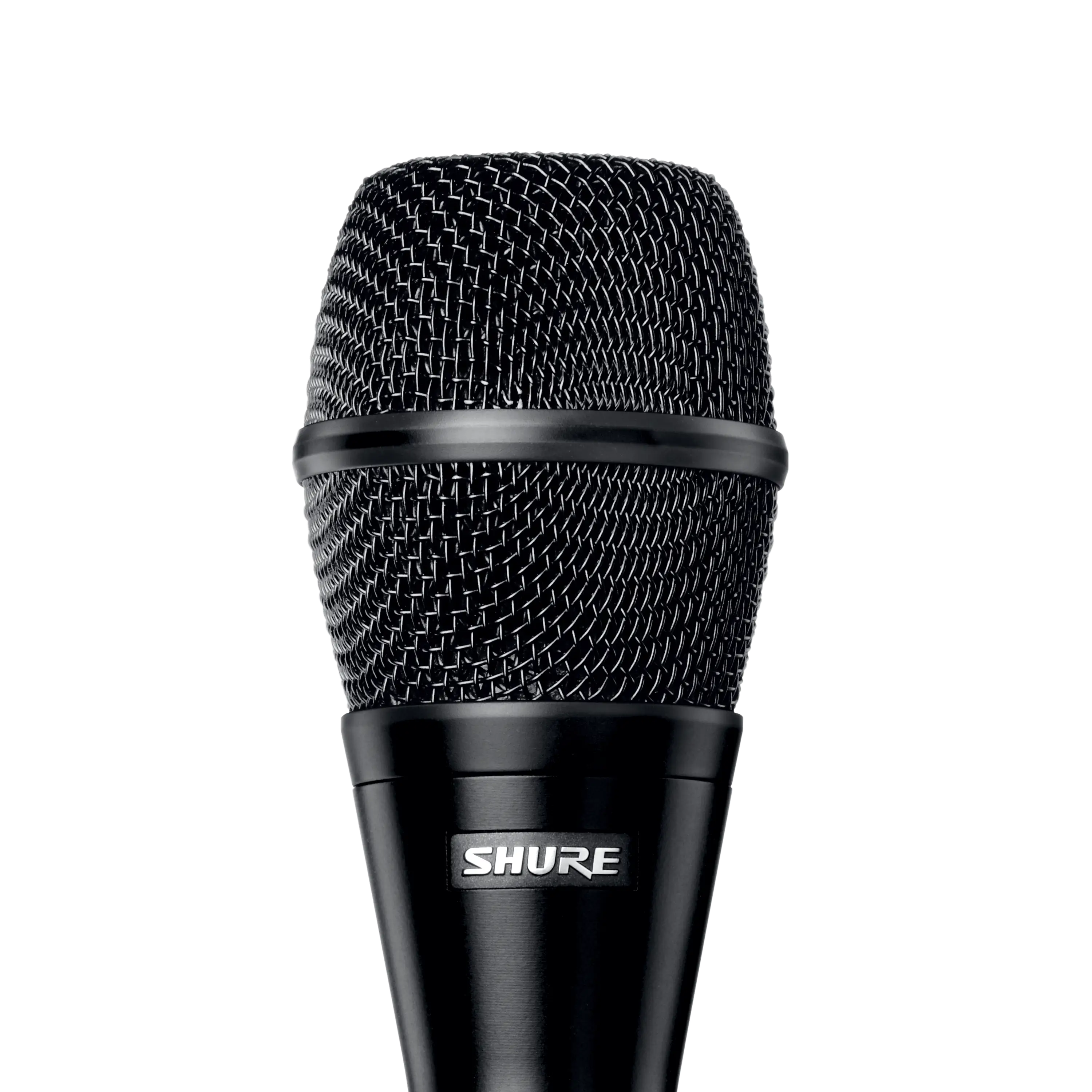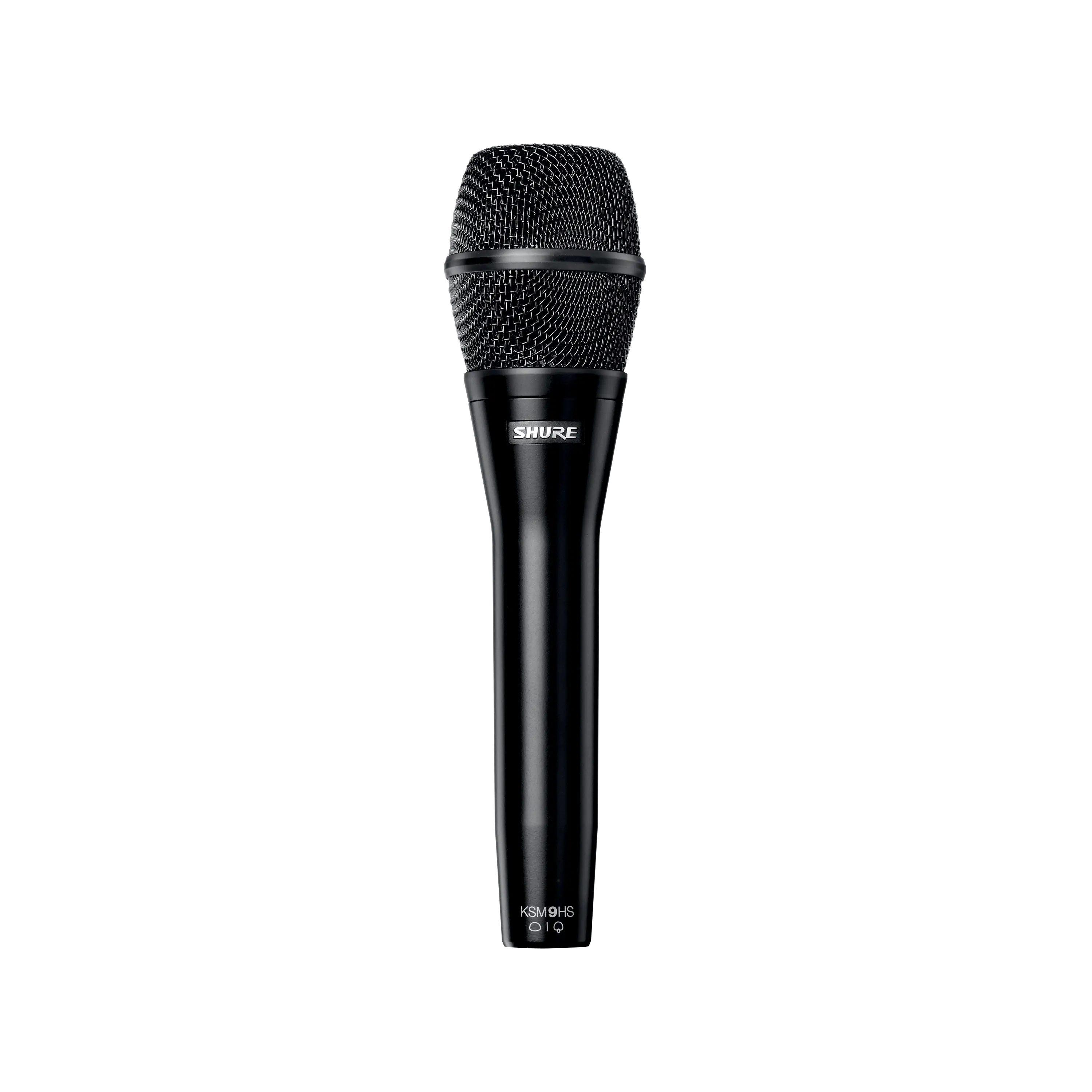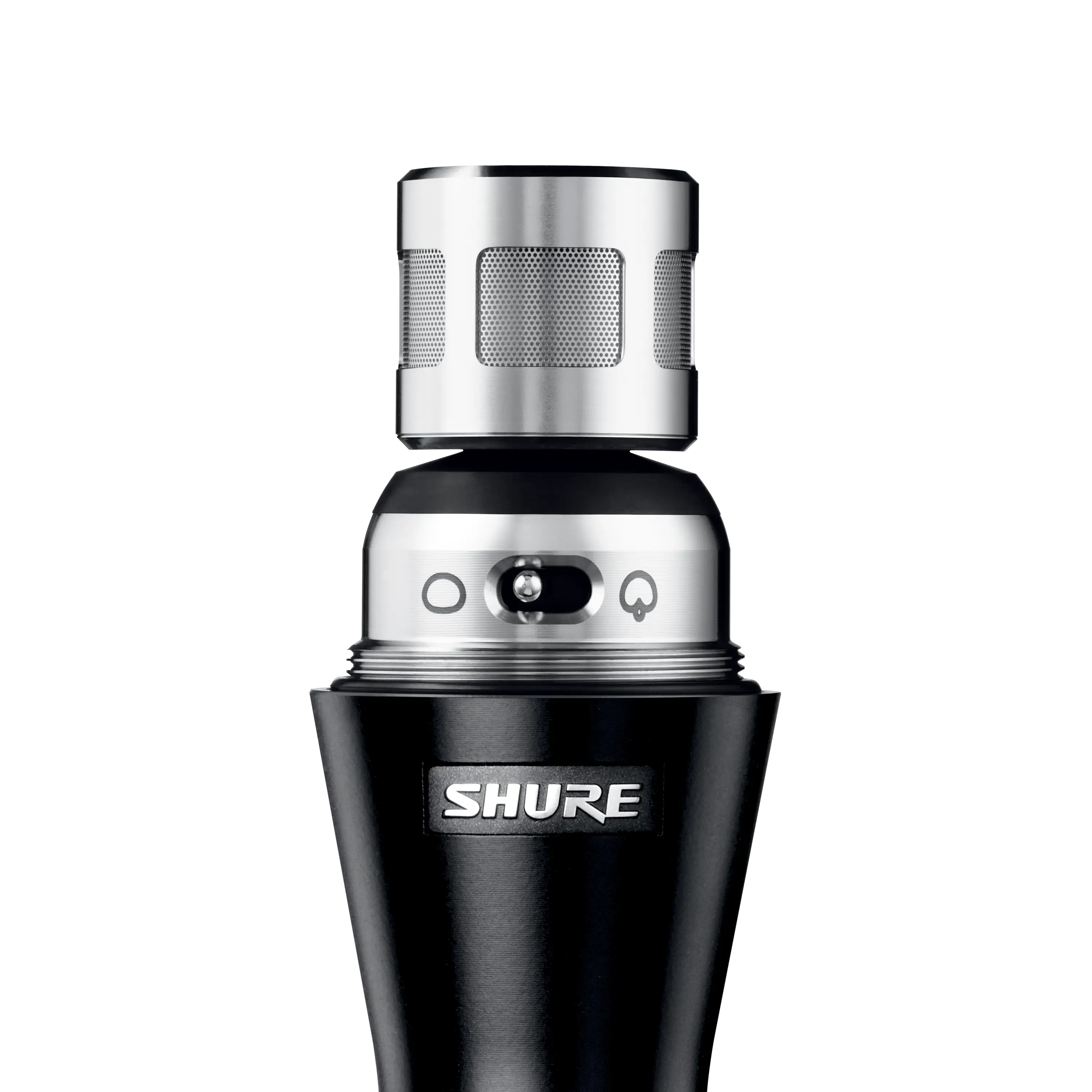Three Reasons Why Mic Placement Matters

In live sound, proper microphone placement has three desirable results: it offers optimal signal to noise ratio and gain before feedback and it captures the instrument's "sweet spot". In live sound amplification, all three are critical for the best audio performance.
Let's look at them one by one.
#1: Signal to Noise Ratio
Using directional microphones is generally the best way to achieve proper signal to noise ratio, reject sound coming from nearby instruments, and reduce bleed that can occur, for instance, when a snare drum mic captures the sound of a floor tom.
A directional microphone achieves this task by taking advantage of its angle of maximum rejection.
#2: Gain Before Feedback
Utilizing a directional microphone's angle of maximum rejection can provide additional gain before feedback, which is critical in live sound environments.
[raw]You'll need to know the coverage angle of a mic's pickup pattern, keeping in mind that there are four common types: cardioid, supercardioid, hypercardioid and bidirectional (or figure-of-eight). There is also a less-frequently-used subcardioid pattern that you'll find, for example, on the switchable pattern KSM9HS.

Handheld Vocal Microphone
Premium vocal condenser microphone with switchable hypercardioid and subcardioid polar patterns.
from $699.00
Aligning floor monitors and side fills with the directional microphone's angle of rejection will give the maximum gain before feedback in normal circumstances. There will be a point, though, where the attenuation provided by the angle of rejection will not be enough to prevent feedback. This means at that gain level, the system will go into feedback. Every PA system will feed back eventually. The best practice is to mic the instrument as close as possible while retaining the desired sound.
There is another factor to consider when talking about sonic qualities. When a sound source is closer to a microphone, the mic will put out a stronger signal. A flat-response omnidirectional microphone increases the signal evenly across all frequencies; however, a directional microphone puts out more bass frequencies compared to mid and high frequencies. This phenomenon is called proximity effect, and it's unique to directional microphones.
Sometimes proximity effect is desirable for speakers or singers who want to add some depth to their vocalizations (think: radio voice), but too much proximity effect can make vocals boomy or muddy. If proximity effect is not desired, moving the mic a few inches away from the sound source will help.
#3: The Sweet Spot
Finally, an instrument's sweet spot is the ideal point at which its sonic qualities are best captured by a microphone. Your idea of that sweet spot may be where the sound is natural and balanced. To someone else, according to producer Bobby Owsinski, it may be "where the sounds is larger-than-life but not necessarily lifelike." In other words, it's a matter of taste.
Here are some of his tips for finding the sweet spot with any kind of mic:
- To place an omnidirectional microphone, cover one ear and listen with the other. Move around the player or sound source until you find the spot that sounds best for your tastes and needs. Even though omnis aren't really used much in modern recording, they have a lot of positive properties (like no proximity effect).
- To place a cardioid microphone, cover one ear and cup your hand behind the other and listen. Move around the player or sound source until you find the spot that sounds best. Your cupped ear simulates the way a directional mic picks up sound. You'll notice that the frequency response is altered somewhat. That's usually what a directional mic is "hearing" as well.
- To place a stereo pair, cup hands behind both ears. Move around the player or sound source until you find the spot that sounds best.
And here's a bonus reason!
If you're not getting the sound you're trying to achieve, the solution to your problem may not require you to lay out cash for a new microphone. It may be a simple matter of a little no-cost experimentation. According to Owsinski, getting the sound you want may depend on just three things: mic placement, mic placement and mic placement.
Resource Room
You can find more comprehensive information about microphone placement by downloading Shure educational booklets Microphone Techniques for Recording and Microphone Techniques for Live Sound Reinforcement. They are available, along with other free publications from Shure.
Tips and tricks from producer/engineer and educator Bobby Owsinski can be found on his website.













